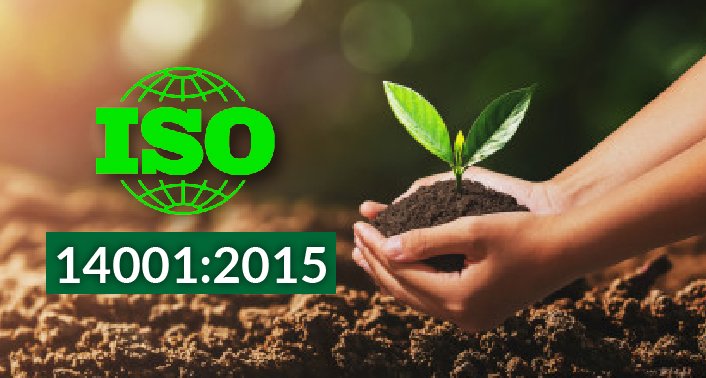ISO 14001:2015 Environmental Management Standard.
Description
ISO 14001 is the international standard that specifies requirements for an effective environmental management system (EMS). It provides a framework that an organization can follow, rather than establishing environmental performance requirements.
Part of the ISO 14000 family of standards on environmental management, ISO 14001 is a voluntary standard that organizations can certify to. Integrating it with other management systems standards, most commonly ISO 9001, can further assist in accomplishing organizational goals.
The International Organization for Standardization (ISO) defines an environmental management system as “part of the management system used to manage environmental aspects, fulfill compliance obligations, and address risks and opportunities.” The framework in the ISO 14001 standard can be used within a plan-do-check-act (PDCA) approach to continuous improvement.
WHO SHOULD USE THE ISO 14001:2015 REVISION?
ISO 14001:2015 should be used by any organization that wishes to set up, improve, or maintain an environmental management system to conform with its established environmental policy and requirements. The requirements of the standard can be incorporated into any environmental management system, the extent to which is determined by several factors including the organization’s industry, environmental policy, products and service offerings, and location.
ISO 14001:2015 is relevant to all organizations, regardless of size, location, sector, or industry.
What topics does ISO 14001:2015 cover?
At the highest level, ISO 14001:2015 covers the following topics with regard to environmental management systems:
- Context of the organization
- Leadership
- Planning
- Support
- Operation
- Performance evaluation
- Improvement
ISO 14001 Environmental Management Systems (EMS) Framework

14001:2004 vs. 14001:2015
The 2015 revision of ISO 14001 introduces a number of changes from previous versions.
As part of the effort to structure all ISO standards in the same way, the ISO 14001:2015 revisions include incorporating a required high-level structure, using mandatory definitions, and incorporating common standards requirements and clauses.
10 major areas of impact of the 2015 revision:
- Expansion in EMS coverage and scope
- Required interactions with external parties
- New requirements for leadership engagement
- Expanded legal compliance requirements
- Need for risk-based planning and controls
- New documentation requirements
- Expanded operational control requirements
- Changes in competence and awareness requirements
- Impacts on the internal audit program
- Increased certification costs
Integrating ISO 9001 and ISO 14001
Integrating management systems standards can increase focus while reducing the potential for confusion. Elements of ISO 9001 can be enhanced with corresponding components of ISO 14001.
Responsibilities for the combined standards might include:
- Drafting a policy statement and quantifiable objectives
- Setting up organizational charts and job descriptions
- Providing adequate resources
- Managing documentation for both standards in a single document control system
- Appointing a management representative as well as coordinators for the quality and environmental managements systems
When adding ISO 14001 components to those of ISO 9001, planning must be expanded to deal with environmental impacts, and the inspection and test systems modified to cover environmental conformance. The organization must meet the environmental expectations of customers and the government, and it must incorporate environmental management elements into internal audit programs and training sessions.
ISO 14001 can be integrated with standards besides ISO 9001 in order to provide synergy with other systems, such as OHSAS 18001 and ISO 13485.
WHAT ARE THE BENEFITS OF ISO 14001:2015?
Using ISO 14001:2015 has many benefits for organizations with environmental management systems. Organizations and companies find that using the standard helps them:
- Improve resource efficiency
- Reduce waste
- Drive down costs
- Provide assurance that environmental impact is being measured
- Gain competitive advantage in supply chain design
- Increase new business opportunities
- Meet legal obligations
- Increase stakeholder and customer trust
- Improve overall environmental impact
- Manage environmental obligations with consistency
ISO 14001 CERTIFICATION
Organizations that have already achieved ISO 14001 certification are encouraged to transition to the 2015 version. Organizations will have a three-year transition period to update their environmental management systems to the new standard.





